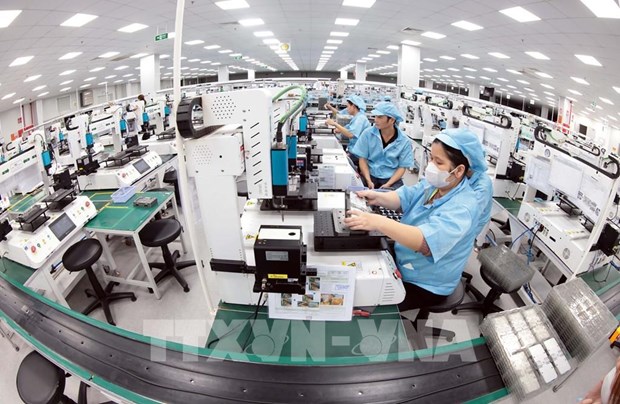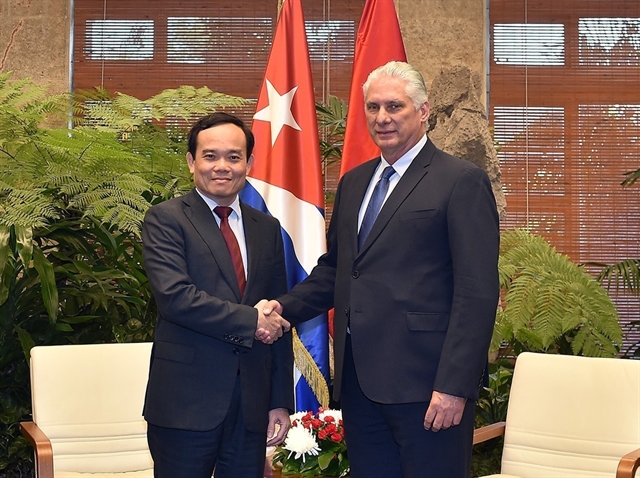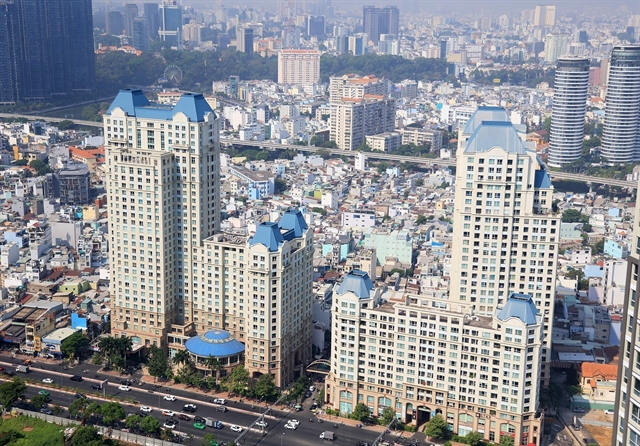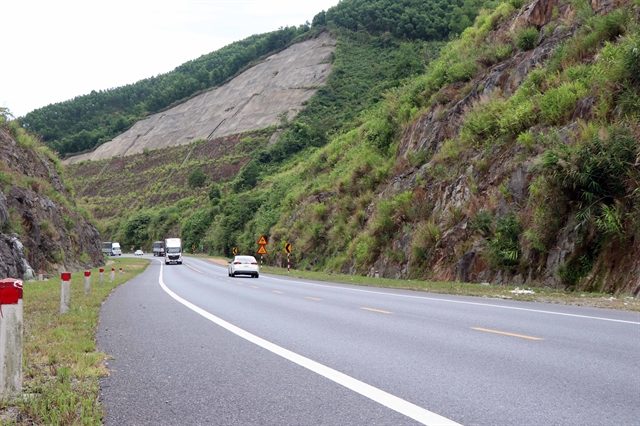 Society
Society

The number of juvenile drug traffickers who are ethnic minorities along the Vietnamese-Lao border route in central Quảng Trị Province has been on the high rise in the past five years.
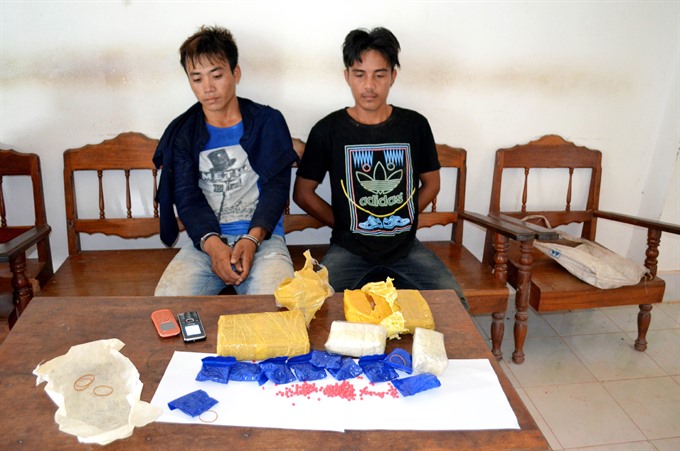 |
| Two drug deals were arrested by local police in Quảng Trị in June, 2016. Officials say that the situation worsened when Laos tightened trading activities in the border areas in 2014. — VNA/VNS Photo Thanh Thúy |
QUẢNG TRỊ — Local authorities say that the number of ethnic minority juveniles engaging in drug trafficking at the Vietnamese-Lao border in the central province of Quảng Trị has increased sharply over the last five years.
They also say that efforts to fight drug trafficking in the area have been hampered by a change in rules that determines punishment, including detention, on the narcotics content of the drugs seized.
This has created a loophole that traffickers exploit by smuggling reduced quantities of narcotics each time, but increasing the number of cross-border trips.
Colonel Nguyễn Thuận Hoá, head of the anti-drug trafficking unit under the province’s Department of Police, told the Tiền Phong (Vanguard) newspaper that increased trafficking has complicated the fight against drug addiction in the border district of Hướng Hoá in recent years.
The police department estimates that there are more than 1,100 drug addicts in the province at present, half of them in Hướng Hoá District, especially in Lao Bảo Town and Tân Thành Commune.
Việt Nam’s Quảng Trị and Laos’ Savannakhet provinces share a border that is 156km long, with the Lao Bảo-Densavan border gate connecting the East-West Economic Corridor.
Drug traffickers are taking advantage of the area’s topography to hire Vietnamese immigrants to set up drug trafficking rings for smuggling drugs from Savannakhet into Quảng Trị through the Lao Bảo International Border Gate.
Sudden unemployment
Officials say that the situation worsened when Laos tightened trading activities in the border areas in 2014, leaving a large group of Vietnamese immigrants unemployed. These people - many of whom were addicts - then returned to Việt Nam and set up drug trafficking rings.
Hoá said drug addiction has become widespread in villages along the Việt Nam-Lao border route in recent years. Drug addicts, mostly local residents, soon become drug traffickers who are hired to carry small amounts of drugs into Việt Nam. It was difficult to deter these violators as the narcotics content was not enough to arrest them and launch legal proceedings, he said.
Many traffickers do not even have enough money to pay fines for their violations, and all the police can do is seize the smuggled drugs, he added.
Currently, there are 86 people on the local police’s list of drug trafficking suspects, all of them belonging to ethnic minority communities in Hướng Hoá District. Most of these suspects are juvenile, unemployed, and drug addicts. The police also say that the real number could be much higher.
Colonel Hà Trọng Hoàn, deputy head of the provincial Border Guard’s Department of Drug and Crime Prevention and Control, said that leaders of drug trafficking rings make use of local addicts, who typically have relatives in Laos and know the geography very well, to smuggle the drugs.
Earlier, drug traffickers could be detained and indicted for transporting more than 10 ecstasy tablets. But the latest amendment requiring tests done to specify the content of narcotics in each case has made it more difficult for authorities to crackdown on the crime.
Since they have to define the crime and impose penalties based on the narcotics content, authorities cannot do much when the traffickers carry smaller amounts but increase the number of cross-border trips.
The smuggled drugs are later collected and transported to other areas.
The provincial Border Guard estimates that every day, about 20 youth cross the Vietnamese-Lao border, smuggling small quantities of drugs. The youth spend VNĐ40,000 (US$1.5) each ecstasy tablet and sell it for VNĐ100,000-150,000 ($3.9-5.8).
In 2016, the border guards busted 39 cases of drug trafficking and detained 96 people.
Colonel Nguyễn Văn Diễn, head of the provincial Border Guard’s Department of Drug and Crime Prevention and Control, said catching traffickers with small quantities of drugs in raids was not an effective solution. The root of the problem was ring leaders, he said.
They have strengthened co-operation with their Lao counterparts in busting drug trafficking gangs in both countries, he added.
Hoàng Hữu Chiến, commander of the provincial Border Guard Command, said that in order to prevent drug crimes in border areas, the Command has assigned cadres to co-ordinate with local Party Committees and administrations to raise public awareness on the issue.
The border guards would continue investigating and compiling lists of suspects as they continue their fight against drug abuse and trafficking, he said. — VNS




.jpg)

